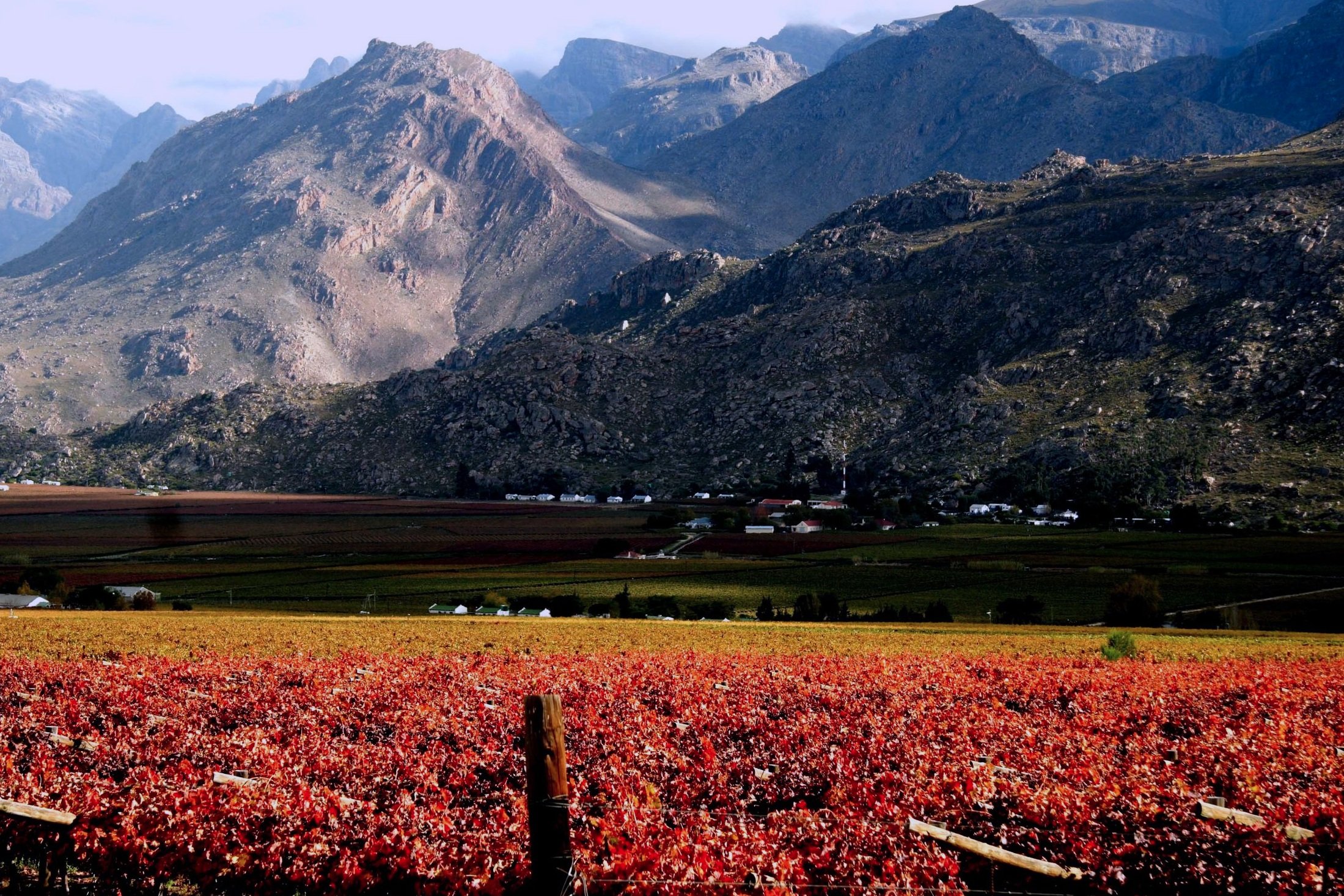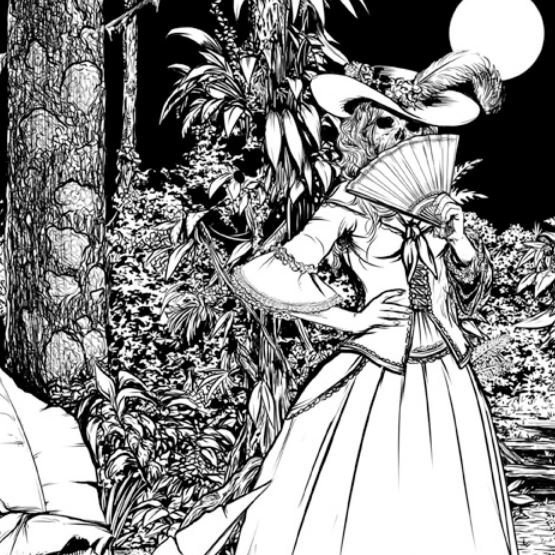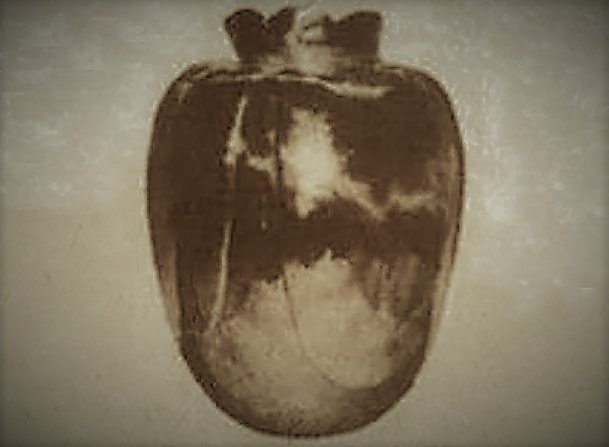The Witch of Hex River Valley, South Africa
During a full moon, the spirit of a young woman is said to wander the Matroosberg mountain in the Hex River Mountain range. Her spirit cries for her lost love whose death she, herself, caused but, what is the legend of the Hex River Witch and is it based on real people?
The Legend of the Witch at Hex River Valley
In the mid-18th century, the french farmer Pierre Meiring moved his family including his wife and young daughter, Eliza, to the Western Cape of South Africa. In a few short years, Pierre had made a name for himself and built several successful farms employing plenty of workers.
By 1768 Eliza Meiring was said to be one of the most beautiful women in South Africa and well aware of her own beauty. Many referred to Eliza as “la bella enchantresse” or “the charming sorceress” for her ability to capture any man’s attention.
She was often approached by admirers who hoped she would choose them to be her husband but Eliza devised a plan that was sure to keep many away.
Eliza announced that she would marry any man who was willing to travel to the highest peak of the nearby Matroosberg mountain and pick the rare red flower that grew there. Upon hearing this challenge most of the men gave up on the goal of wedding Eliza while others attempted but returned after only reaching halfway up the mountain.
But one man named Philip De Vos had captured Eliza’s attention and she quickly fell in love. Despite their love for each other, Eliza still required him to fulfill her challenge and so, Philip set off to climb Matroosberg.
Philip quickly climbed to the top of the mountain and grabbed the flower for Eliza, but the climb had exhausted Philip and he laid down on a rock near the edge of the peak. Moments later the rock beneath him crumbled and Philip fell to the craggy rocks below.
The following day Philip’s mangled body was found and in his hand, he held the rare red flower. Eliza was told of the incident but refused to believe it. Even when shown the body, Eliza denied it was possible and suffered a mental breakdown. Believing Philip was still alive, Eliza constantly attempted to make the dangerous trek up the mountain only to be stopped by neighbors and family.
For her safety, her family locked her in the attic of the home but Eliza yearned to escape. One night, Eliza’s father accidentally left the attic door unlocked and Eliza ran toward the mountain. Climbing the top she looked down below where Philip’s body was found and realized he was truly dead.
Her cries were heard all through the mountain and town alerting her family of her escape. Her family followed the cries to the peak of the mountain but Eliza was nowhere to be found. Upon looking down from the edge, there they saw the dead body of Eliza, in the same spot where Philip was found. Eerily, Eliza’s family and neighbors continued hearing her cries all through the night.
Since then many have claimed to see the ghostly apparition of the charming sorceress either walking around the mountain or crying near the peak. Many began to refer to the area as the Witch’s River Valley or in Afrikaans, Heks River Valley. In time the name Heks became Hex and the area is today known as the Hex River Valley.
Other Versions of the Hex River Witch Legend
While there are several different versions of the Hex River legend, most start off the same, usually, it’s just the names that are changed. Eliza may go by Elisa, Elise, or Estelle and Philip may go by many different names including Jean Durand, Frans, and Charles.
Where the legends start to diverge is why Eliza’s potential suitors go up the mountain, sometimes it’s a challenge, sometimes Eliza picks only one person to go up the mountain, and sometimes they’re doing it to surprise her. After their deaths, Eliza having a breakdown is consistent in all versions of the legends but her death is not.
In one version she jumps out of the attic window to her death, no longer able to handle the realization that she caused her love’s death. In these versions, the farmhouse is also haunted along with the mountain range. In other versions as Eliza attempts to escape the attic she falls down the stairs and breaks her neck accidentally.
Hex River Valley
One final variation has her suitor go missing while searching for the flower, while many believe him dead, Eliza knows he’s still alive and goes to search for him. After climbing the mountain she sees no sign of him and collapses on a rock from exhaustion. After a few moments, the rocks give out from under her and she falls to her death.
Despite there being several different variations the key events are all essentially the same, does that mean that this legend is based in fact?
Did It Happen?
In 1991 South African writer Pieter Willem Grobbelaar extensively researched the legend and released his findings in 1991’s Journal of Literature for the University of Pretoria. Based on his findings and subsequent investigations by others in the last few decades, it’s safe to say that the legend of the Witch of Hex River Valley is not based on real people. In fact, the name of Hex River may not even be originated from any legend.
Possible Origins for the Witch of Hex River
According to Pieter Grobbelaar, the first time the legend appears in written form was from a teaching magazine and was written by writer D’Arbez (JF van Oordt). This version of the legend takes place in 1720, Eliza’s name is Estelle de Savoye, Philip’s name is Charles du Pre, and it doesn’t take place in what is today known as Hex River Valley. Instead, Estelle has Charles head to a mountain called “La Roche du Soleil” (The Rock of the Sun). The rest of the legend plays out much the same way.
Grobbelaar discovered that in 1916, two years after D’Arbez published the legend for the first, D’Arbez published it again in the magazine Die Brandwag but this time the legend is much more similar to the one we know today. In the magazine, D’Arbez now claims he heard the legend from his uncle who heard it from his grandfather and who happened to be one of the suitors attempting to woo Elize.
In this version the story now takes place in 1703, Estelle is now Elise de Savoye, Charles is now Philip Durand, and the mountain is Matroosberg. Grobbelaar researched the people in the stories and found they did not exist and those with similar names were nowhere near Matroosberg.
Finally, Grobbelaar believes the legend was inspired by a real Johanna Elizabeth Meiring and Philip de Vos who were living in the area around 1840. During my research though, I found a marriage announcement for Johanna Elizabeth Meiring of Hex River and Jacob de Vos in the June 14th, 1881 Cape Times newspaper. It’s unclear if these were descendants or related to the Johanna and Philip Grobbelaar found.
Origin of Hex River Name
Interestingly while the legend of Eliza and Philip is often stated to be the reason for the Hex River Valley name, that may not actually be the case, though the true origin of the name is a somewhat debated topic.
The first appearance of the Hex River name shows up in 1716 in a letter to Maurits Pasques de Chavonnes, the Governor of the Cape where the river is called Exrivier. Here the origin of the name is due to the fact the river makes an X shape with another river.
While this makes sense and would be long before the legend we know today shows up, some debate that a version of the legend told orally with different people could have still been the origin.
Other possible origins for the Hex River name come from when the Dutch settled in the area and nicknamed the river “witch river” due to the creepy and ghostly atmosphere the river had. Finally, one last possible origin comes from Dr. Anton Prinsloo, an Afrikaans linguist, who believes it may be possible the witch in the witch river was referring to a witch doctor who lived nearby the river centuries ago.
Other Sources
Bartlett, Sarah. Guide to the World’s Supernatural Places. National Geographic
Learn a Little Bit of Everything!
Myths, Mysteries, & Monsters
















